Market Share
Non Lethal Weapons Market Share Analysis
The Non-Lethal Weapons (NLW) market is witnessing significant trends that reflect the evolving landscape of modern security and law enforcement. One prominent trend is the growing emphasis on technology integration. NLW manufacturers are incorporating advanced technologies such as artificial intelligence, robotics, and smart sensors into their products. This trend aims to enhance the precision, effectiveness, and versatility of non-lethal solutions, providing security forces and law enforcement agencies with cutting-edge tools for various operational scenarios. The integration of technology also contributes to minimizing the risk of misuse and optimizing the control and deployment of NLW.
Another notable trend in the NLW market is the increasing focus on less-lethal munitions and alternatives to traditional crowd control methods. Law enforcement agencies globally are seeking non-lethal options to manage civil unrest, protests, and demonstrations. This trend includes the development of innovative less-lethal munitions, such as foam bullets, bean bag rounds, and rubber pellets, designed to incapacitate without causing lethal harm. Additionally, the market is witnessing the adoption of advanced riot control agents and acoustic devices as alternatives to traditional methods, aligning with the demand for more humane and effective crowd control solutions.
The deployment of NLW for border and perimeter security is emerging as a significant trend. As nations face challenges in securing borders and critical infrastructure, there is a growing demand for non-lethal solutions that can deter and neutralize potential threats. This trend includes the use of NLW technologies such as long-range acoustic devices, directed energy weapons, and non-lethal chemical agents for perimeter defense. The goal is to provide security forces with effective tools for maintaining situational control without resorting to lethal force, aligning with the broader global trend towards border security enhancements.
The market is experiencing a trend towards the development of NLW with enhanced range and accuracy. Manufacturers are investing in research and development to create non-lethal solutions that can engage targets at longer distances with increased precision. This trend is particularly relevant for NLW used in military applications, where the ability to incapacitate threats from a safe distance is crucial. The advancements in range and accuracy contribute to the overall effectiveness and operational capabilities of NLW systems, addressing the evolving needs of defense and security forces.
There is a growing trend towards the development of NLW for maritime applications. As maritime security becomes an increasingly important consideration, non-lethal solutions are being designed to address threats in naval environments. This trend includes the development of NLW specifically tailored for use on ships, coastal areas, and maritime borders. The incorporation of NLW into naval operations aligns with the need for versatile and non-lethal means of deterring and neutralizing potential threats at sea.
Human rights considerations are influencing a key trend in the NLW market. The responsible and ethical use of non-lethal technologies is becoming a priority for both manufacturers and end-users. This trend involves a focus on ensuring that NLW adhere to strict ethical guidelines, minimize the risk of unintended harm, and align with international human rights standards. Manufacturers are incorporating features and technologies that enable operators to apply NLW in a controlled and proportionate manner, mitigating concerns related to the potential misuse of these weapons.
The adoption of NLW for civilian self-defense is a growing trend, particularly in regions where individuals seek non-lethal options for personal protection. This trend includes the development of compact and easily deployable NLW devices, such as personal alarms, pepper sprays, and electronic incapacitation devices. The demand for non-lethal self-defense solutions is driven by the desire for effective means of protection that provide an alternative to traditional lethal firearms.
Market competition and industry collaborations continue to shape trends in the NLW sector. The competitive landscape is characterized by collaborations and partnerships between NLW manufacturers, technology developers, and defense contractors. These collaborations aim to pool expertise, share resources, and drive innovation in the development of next-generation NLW. The dynamics of industry collaborations contribute to a more integrated and interoperable NLW ecosystem, fostering advancements in technology and expanding the market reach of non-lethal solutions.

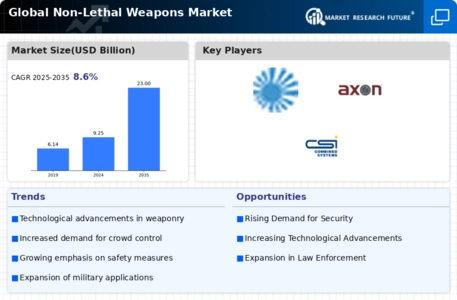
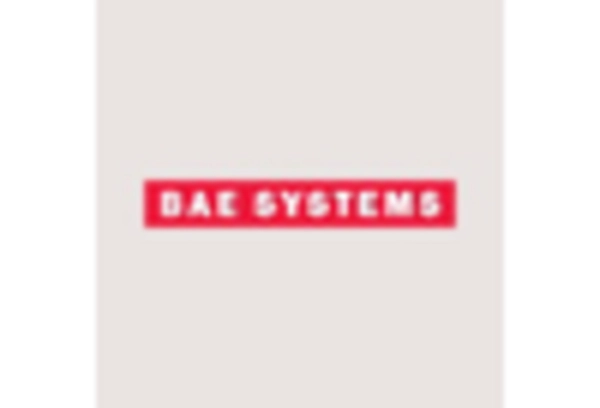
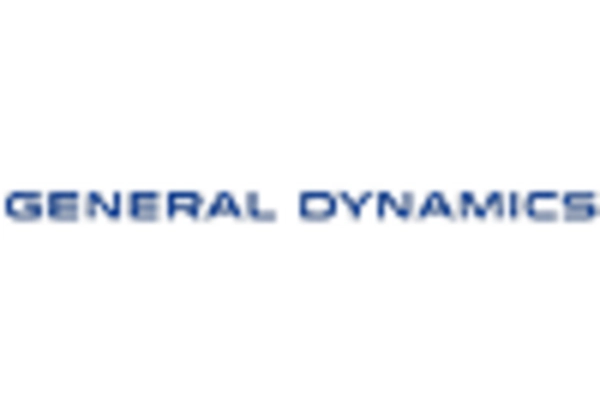
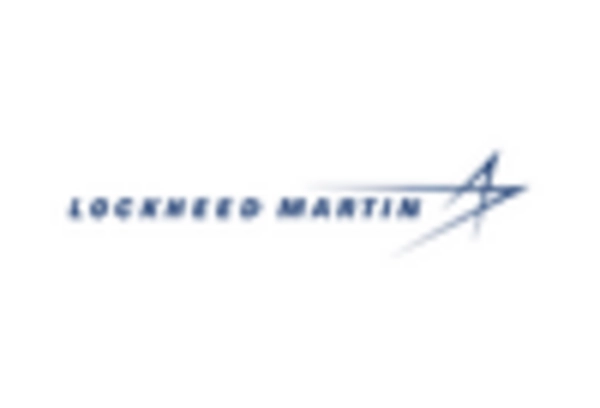

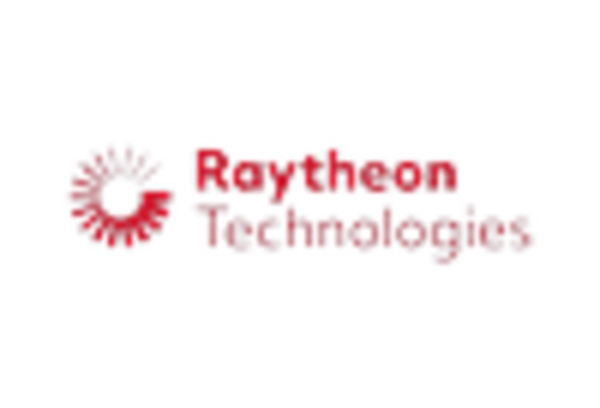
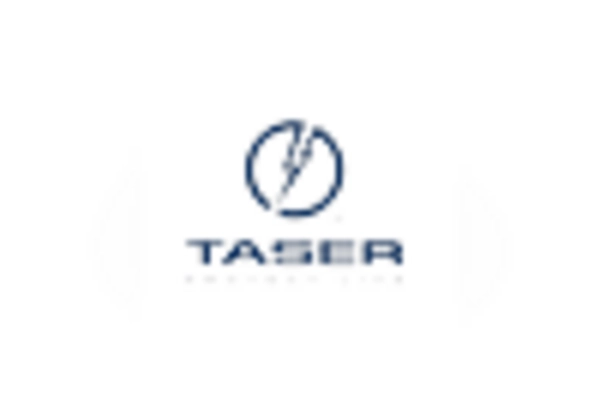

Leave a Comment